By: Robert Čoban
The lyrics of Oliver’s song “Cesarica” are coming from the terrace of the Neptune Hotel on the other side of the port on Veliki Brion. My room at the Karmen Hotel has no air conditioning but has one of the best views on the Mediterranean. The hotel was built in 1913 by Paul Kupelwieser, an Austrian industrialist who in 1893, purchased the entire archipelago with a plan to develop tourism on it.
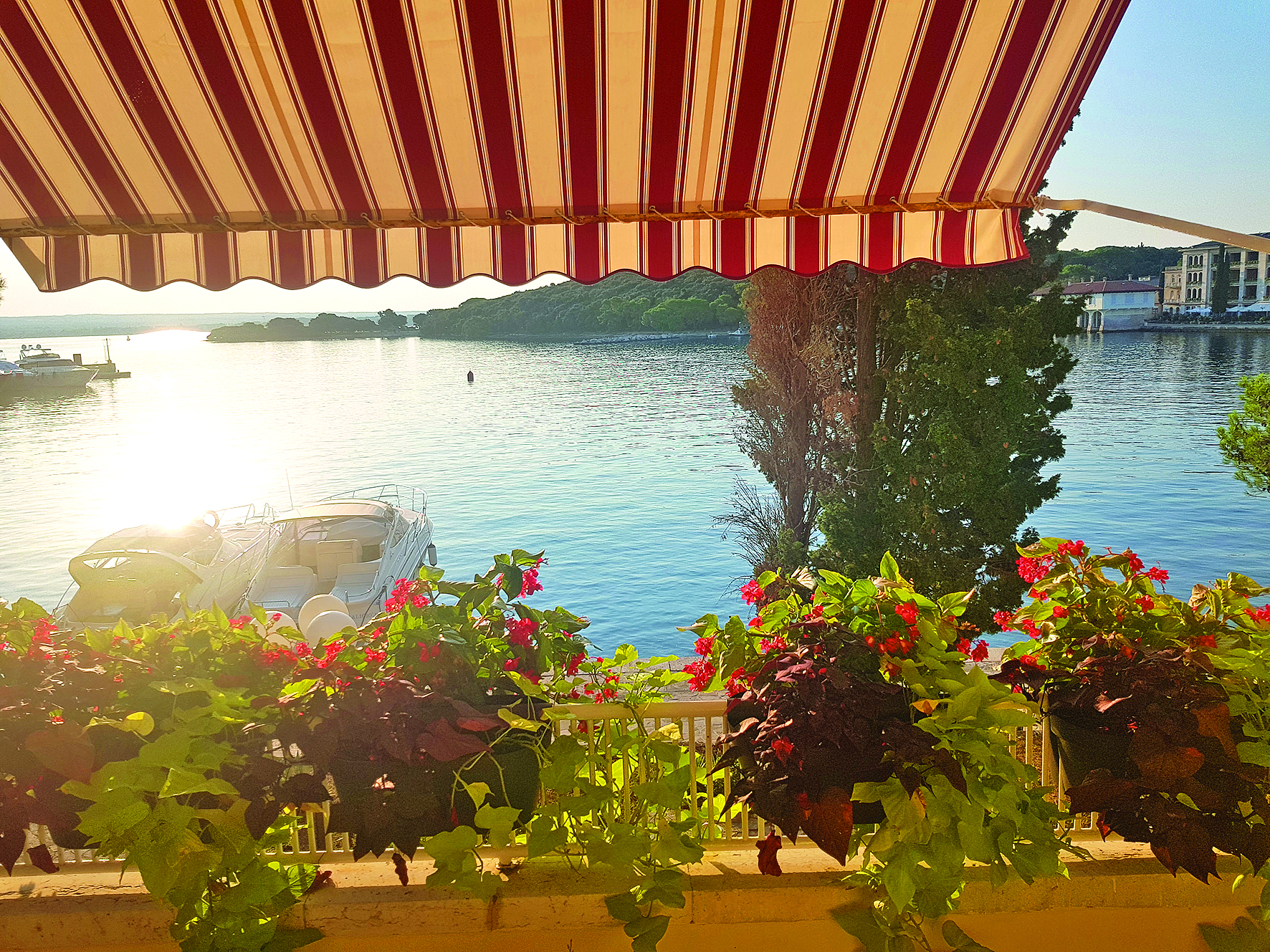
Kupelwieser, whose grave I stumbled across while riding a bicycle in the island’s hitherland, implemented his plan with a lot of gravity. In a very short time, the dense shurbland was removed, various tree were planted and the initial construction works were carried out. The first energy generating facility here was a windmill (it pumped water, powered engines for refrigeration, was used for crushing stone, etc.), and followed by an aggregate. The first guests arrived to Brioni in 1896 and were placed in a rather modest accommodation. Agriculture was not forgotten either, while the year 1896 also marks the beginning of archaeological and conservation activities. In order to eliminate malaria, Kupelwieser turned to the famous bacteriologist Robert Koch, and who first sent his associates to come to Brioni, and later came himself. According to their instructions, all the ponds and puddles were dried out, the mosquito larvae, who were the source of malaria, were destroyed, and the patients were treated with Quinine. Just one year later, there were no new cases of malaria.
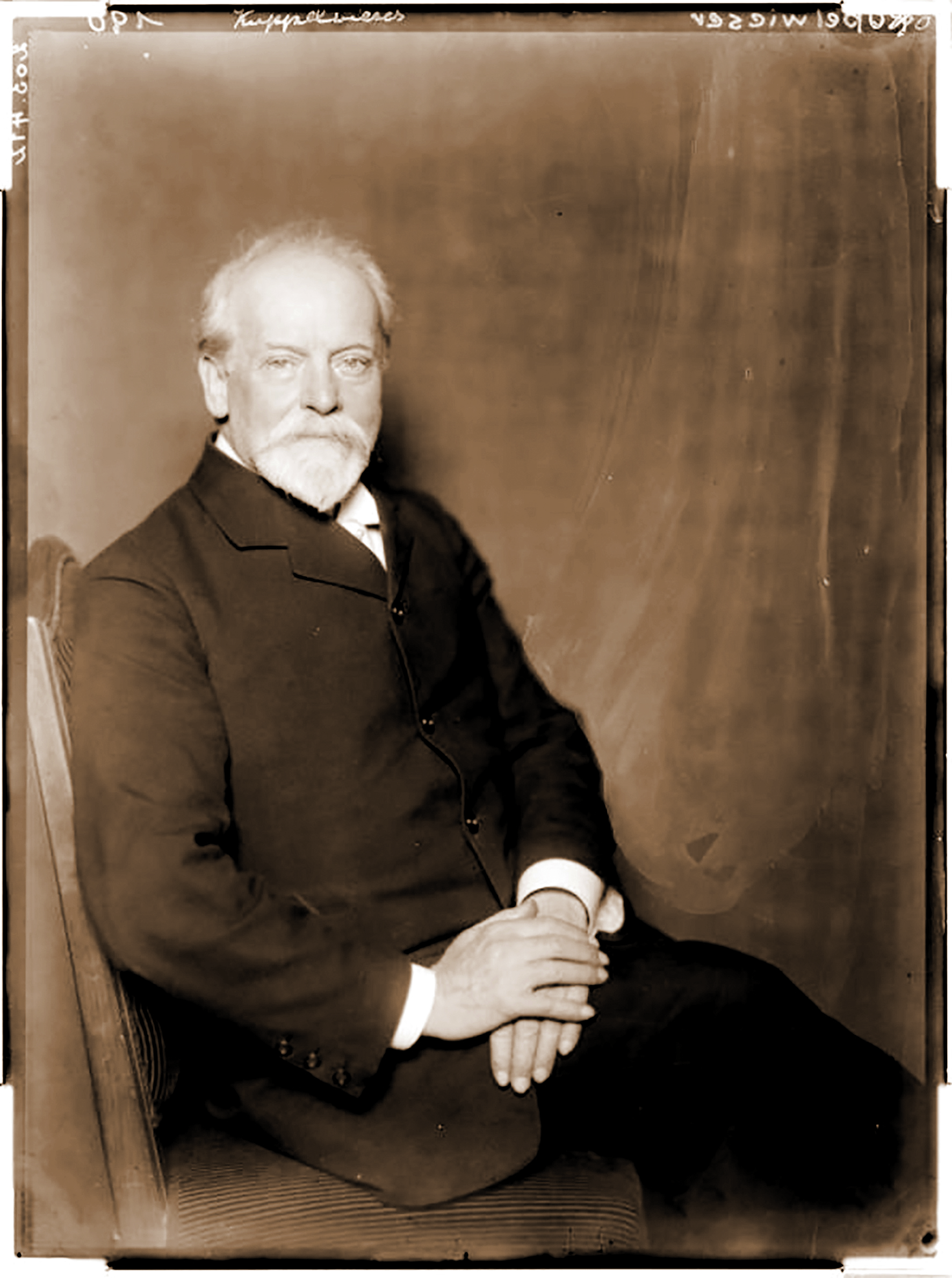
FROM JOYCE TO STRAUSS
The construction of even bigger hotel facilities ensued after the initial success, and up until 1913, four hotels, with a total of 320 rooms, and a dozen villas were built. In 1908, the island got running water. Along with the hotels, other facilities were built – a pier, a post office with a telephone exchange, 50 kilometres of roads and trails, a beach with 180 changing rooms, an indoor swimming pool with warm seawater, a casino, horse stables and a number of different sports fields, including the largest golf course in Europe (18 holes and 5,850 metres of paths). Wine and oil came from Brioni’s own vineyards and olive trees, while milk and excellent cheeses were also produced at Brioni. The islands were also advertised as a climatic health resort. From 1910, the islands had their own weekly newspapers called Brioni-Inselzeitung. From it we can learn that 11 archdukes and archduchesses (July 31st, 1910), 16 princes and princesses (March 31t, 1911), and 18 industrialists (April 27th, 1911) were in Brioni at the same time. The aforementioned dates tell us that the tourist season lasted almost year-round, and from the type of guests staying at Brioni we can see that the islands were all about social status and prestige.
The Boat House, a beautiful building in the port, built in the Secession style, used to be the local doctor’s office, and today, it houses a small museum which shows us that the Romanian King Michael, the painter Gustav Klimt, the inventor Guglielmo Marconi, Archduke Franz Ferdinand, writers James Joyce and Thomas Mann and composer Richard Strauss all visited Brioni at certain point.
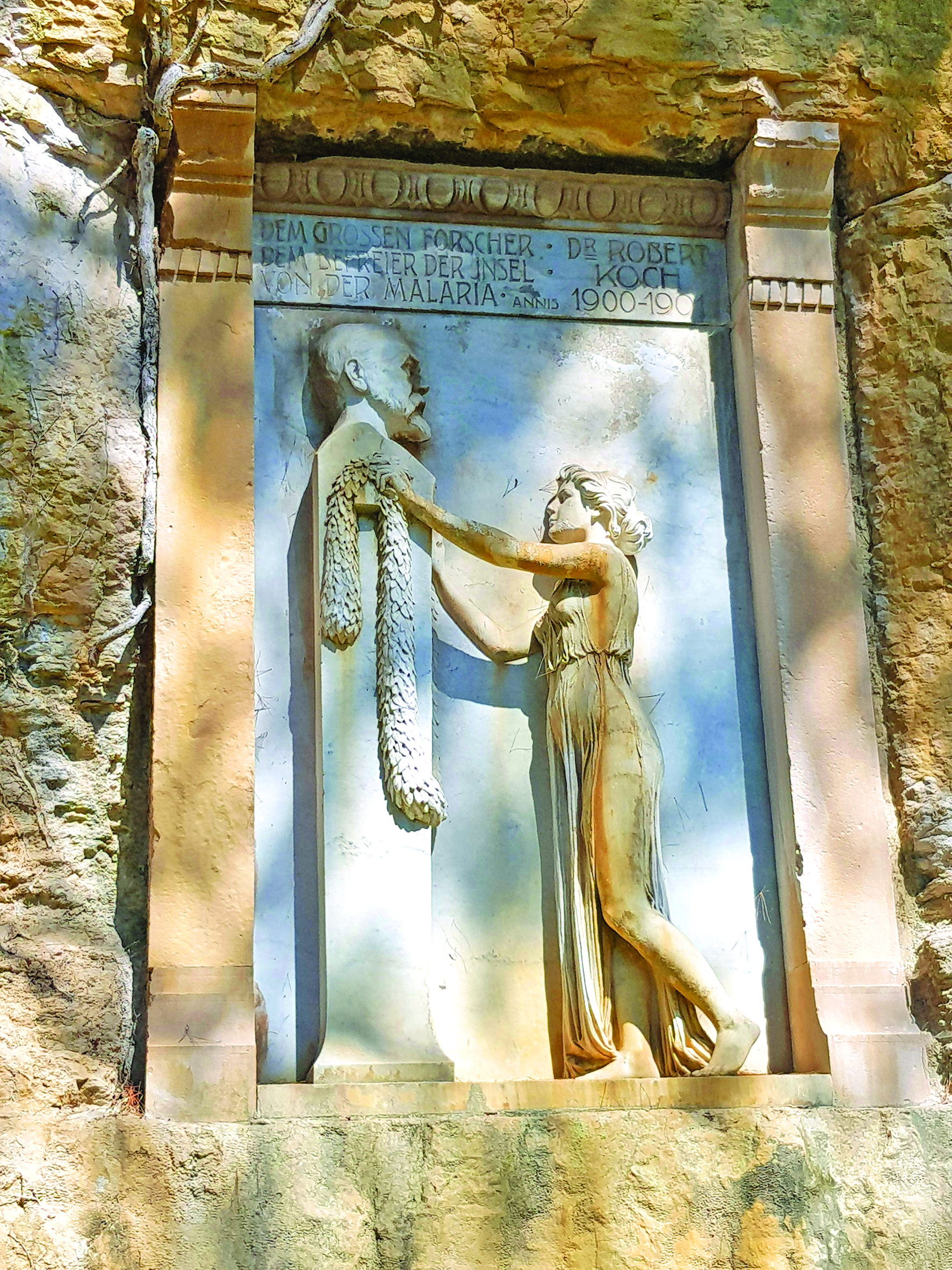
The World War I hindered the ever growing popularity of Brioni, and after the war, Brioni and Istria became a part of Italy, but were still owned by the Kupelwieser family. The tourism competitioni in Italy was much stiffer, Brioni started to struggle as a tourist destination, and the 1929 stock market crash led to Charles Kupelwieser (Paul’s son) first declaring bankruptcy and the following year, committing suicide. In 1936, after officially declaring bankruptcy, the archipelago came under the management of the Italian Ministry of Finance. Not long after that, Italy decided to make significant investments there (and introduces a regular hydroplane flight to Brioni). But a new global catastrophe prevented the collection of profit from these investments. Instead of wealthy aristocracy, Brioni’s hotels are now occupied by naval officers. Just before the end of the war, Brioni were bombarde by the Allied forces several times, with the biggest destruction happening on April 25th, 1945 when two hotels, a part of the coastline and many houses were destroyed.
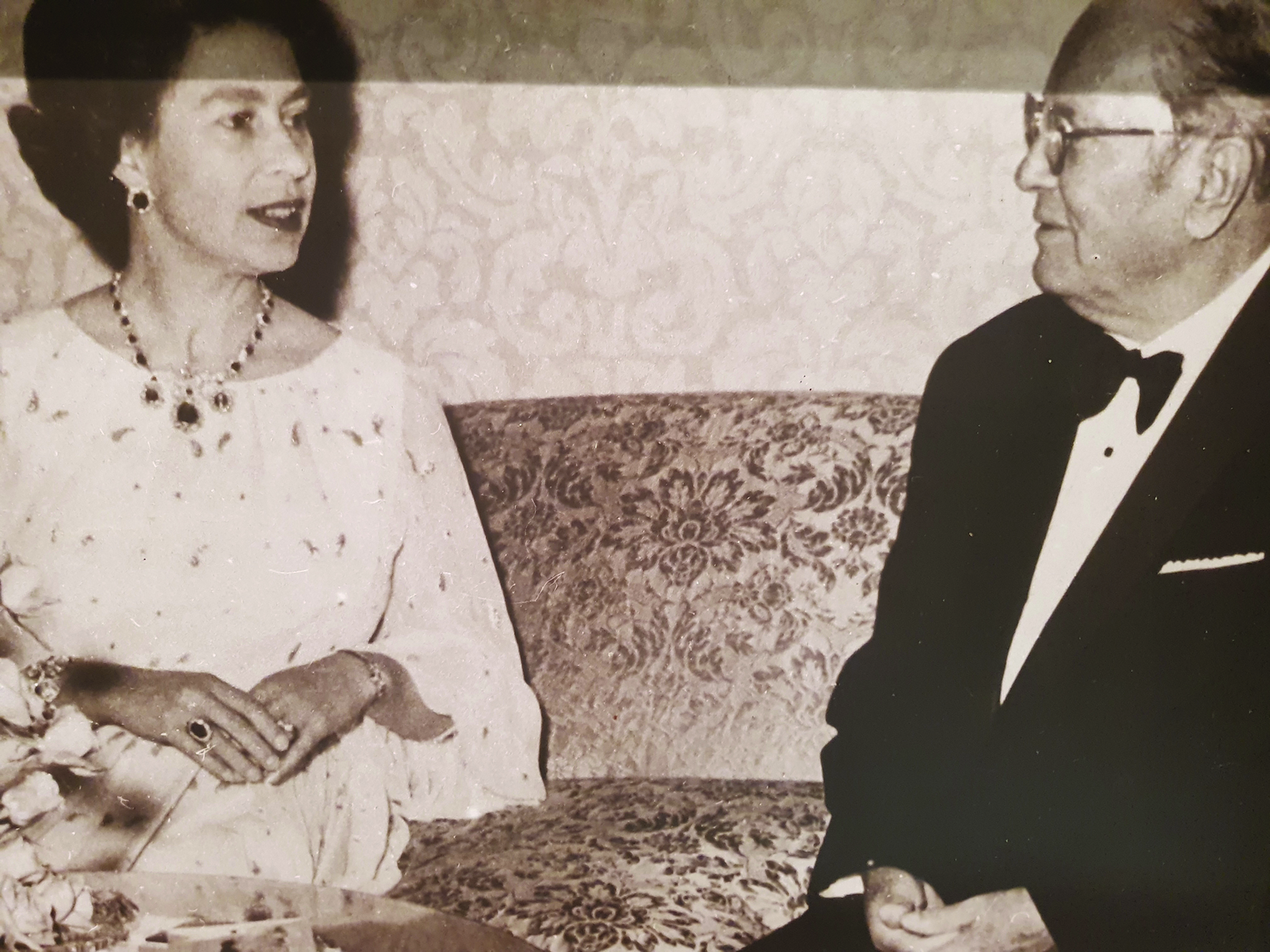
FROM ELIZABETH TAYLOR TO HAILE SELASSIE
Shortly after the war, in 1947, Josip Broz Tito came to Brioni for the first time and this was the beginning of the archipelago’s new history, which was even more spectacular than the one from the secessionist era. In 1949, Brioni were chosen as Tito’s residence at sea. War wrecks were removed, and infrastructure (communications, waterworks) was gradually renovated and expanded. Hotel buildings were renovated and parks widened. Two representative buildings on the west coast of Veliki Brion were built – “White Villa”, Tito’s official residence (in 1953) and “Brionka”, a residence for foreign statesmen (1957).
For the next thirty years, Tito regularly spent here some of his work years and a lot of his spare time. As a host and a statesmsn, he met in Brioni with 53 head of states and political parties, and even more prime ministers, ministers and foreign delectations – from Queen Elizabeth II and Gaddafi to Khrushchev, Gorbachev and the Ethiopian king Haile Selassie. Elizabeth Taylor, Richard Burton, Sophia Loren and Gina Lollobrigida were also his noted guests here. In that thirty-yearperiod, and especially in the decade immediately prior to Tito’s death, the entire planet came to see the head of Yugoslavia, it seems. The exhibition “Tito at Brioni” covers this era. Looking at it, one cannot help but conclude that in the next thousand years, all the former Yugoslav states are not going to be able to achieve a fraction of the international reputation and prestige that Tito did for the Socialist Federal Republic of Yugoslavia during his governance. Tito’s 5.6-metres-long Eldorado Cadillac, from 1953, is still parked in front of the museum.
The reason why I came to Brioni for the second year running is now famous Ulysses Festival, which artists Lenka Udovički and Rade Šerbedžija, who also happen to be married to each other, have been staging for 18 years now. The festival’s organizer for the past four decades has been maestro Duško Ljuština, the principal of the Kerempuh Theatre from Zagreb. There are very few people in this world who are like Duško. His organizational skills, coupled with extraordinary social intelligence, led to this small “Lika Commune” at Brioni becoming one of the most successful and longest-running regional theatre festivals launched during the transition period.
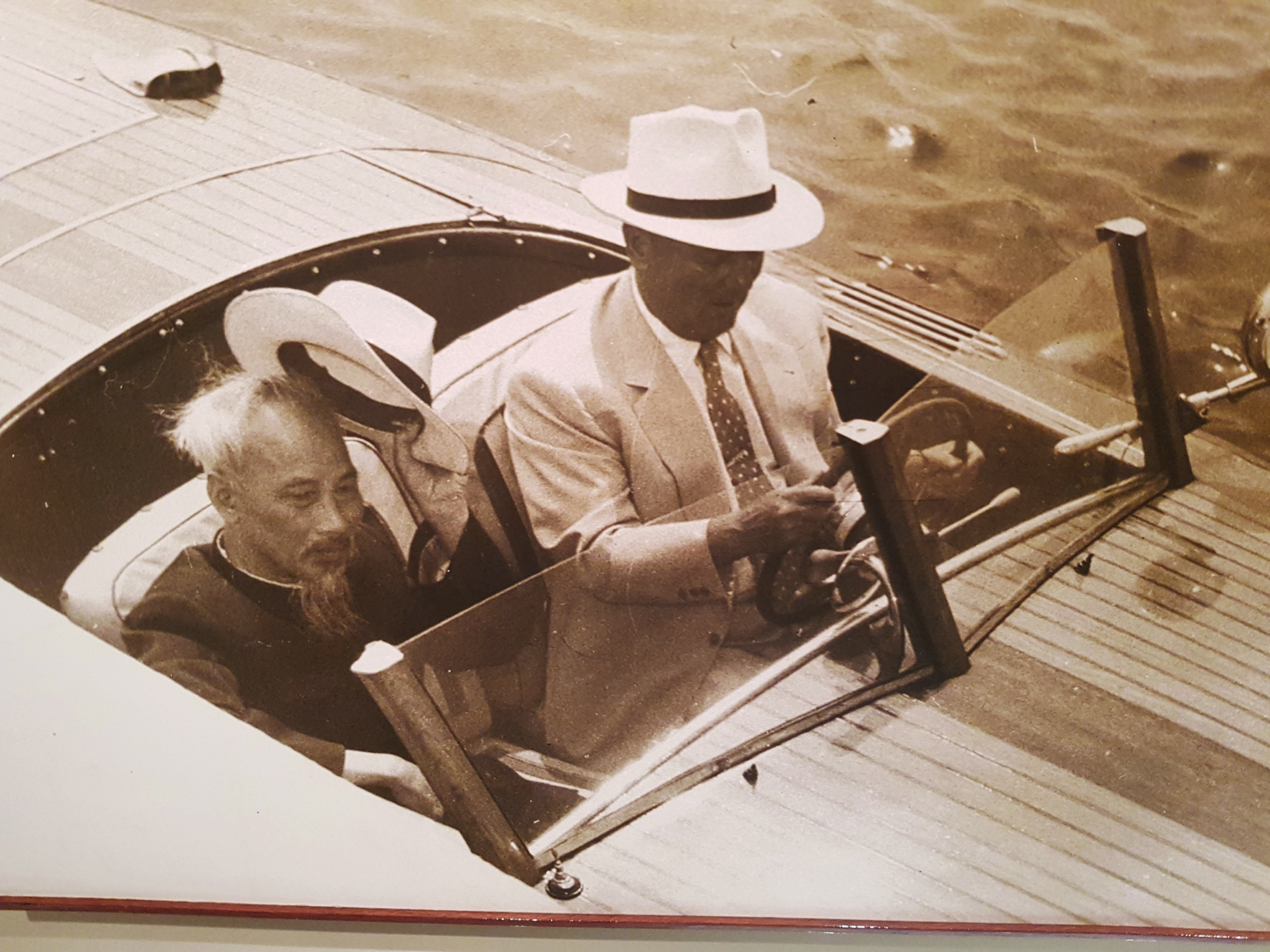
TWO “LA BELLE EPOQUE”
Brioni is a national park and all facilities on it are owned by the state, which has numerous negative but also several extraordinarily positive effects. There is not a single car on the island and it seems as it is frozen in time, maybe in the year 1983. During breakfast on the terrace, a hotel pianist plays classic melodies, there are no bars with loud music, no “drunken English” and “brave Russian” people that are swarming all over the Adriatic. There are just nice, quite people, including a few from Belgrade. Biljana Srbljanović tells me that she has been visiting the island for years, because the isolated Brioni give her perfect peace of mind which she needs for writing. I have the Internet only on the terrace of my room, and occasionally you can “steal” it from some of the yachts, which are anchored a few meters away.
I arrive at the Ulysses terrace after literary being kidnapped by Ljuština Jr., Todorić Jr. and Ivan Burazin who respected my wish to have a long sleep after watching a fantastic theatre play called Bakhe by the Zagrebačko Kazalište Mladih (the Zagreb Youth Theatre). Since this was the last time that this play was staged on the Minor Fortress on the Mali Brion Island, a small celebration ensued to mark this. Actors were behaving like typical actors – there was a lot of alcohol, Duško brought two accordion players from the coastline and everybody had a music wish. Young Ivan Todorić, the son of the wealthiest Croat, and his wife Milica come to the Ulysses every year. Although they are no longer the official sponsors of the festival, Duško Ljuština did not shun them, in contrast how the former owner of Agrokor and similar people in our region were shunned as soon as something went wrong. Ljuština also personally checks the tickets at the Fažana pier from which the audiences leave for Mali Brion. Only an hour later, he is sitting with the renowned actress, Vanessa Redgrave who also happens to be a family friend of Lenka and Rade and the regular festival guest.
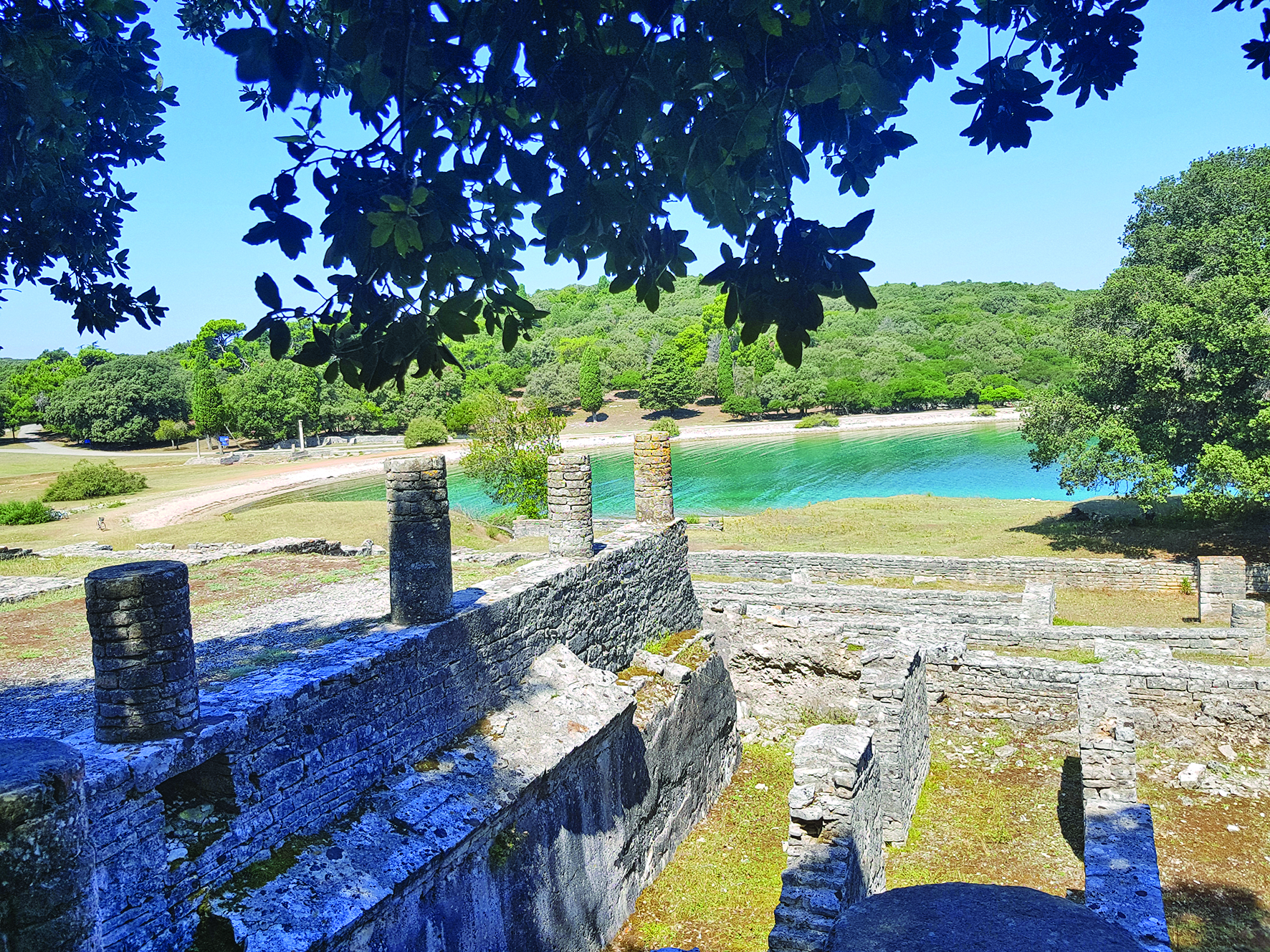
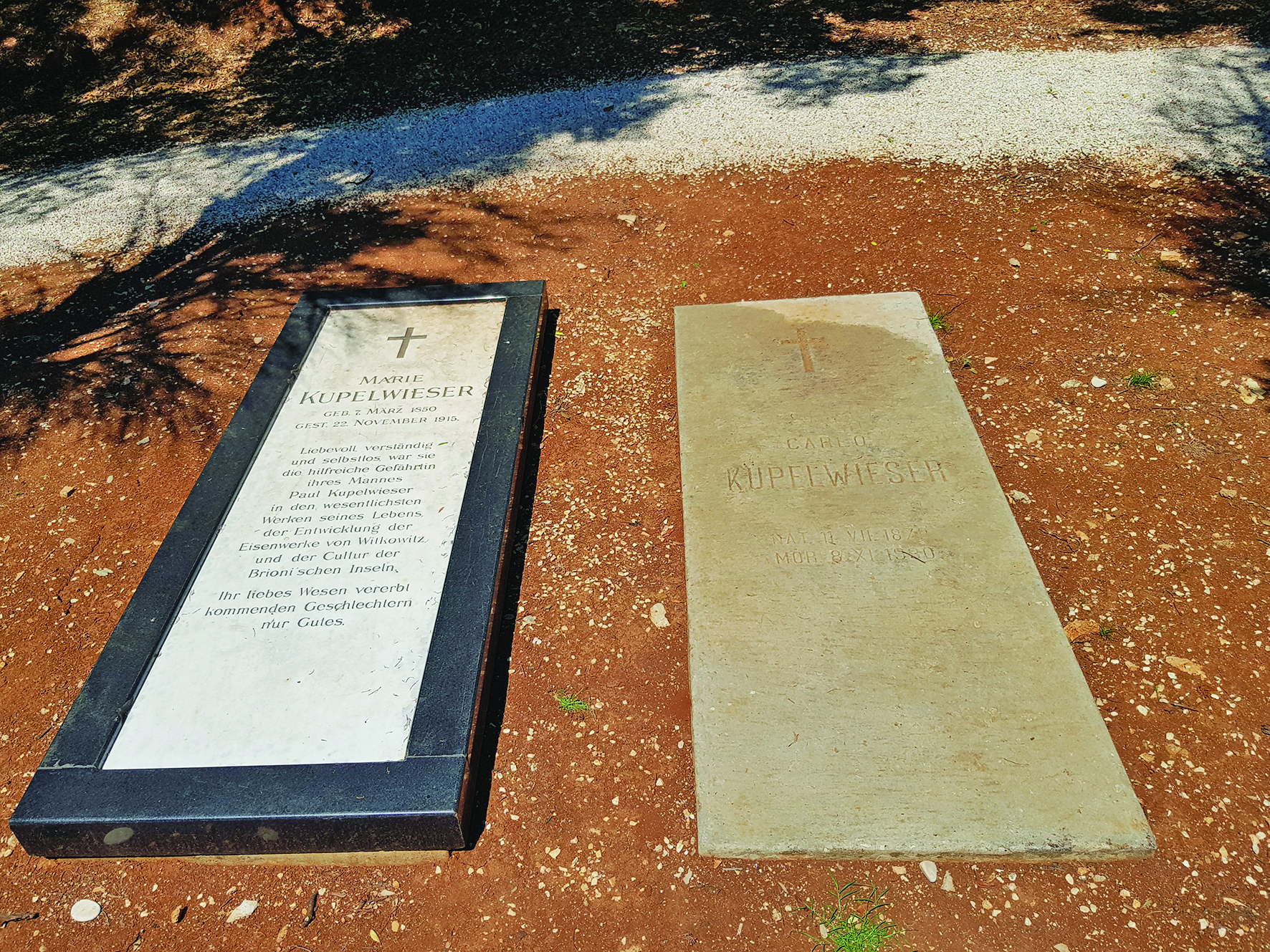
The former mayor of Novi Sad, Igor Pavličić is also a guest at the terrace, while the fantastic Croatian actress, Ksenija Marinković was the most vocal in ordering songs from the accordion players. In Serbia, she is known for her roles in the films such as “The Constitution of the Republic of Croatia” (“Ustav Republike Hrvatske”) and “Let’s Keep it Between Us” (“Neka Ostane Medju Nama”). Rade is also here, frequently leaning on the bar. He sometimes even sings. Next week, he will be playing one of his more famous roles as King Lear, whom he’s been playing since the festival’s inception. Last year, I was fascinated to see how Rade, age 72, carried his daughter, actress Lucija Šerbedžija, down the steep stairs of the Minor Fortress. His own father lived to the ripe old age of 104. Lika’s genes are indestructible. I should know, my wife is from Lika.
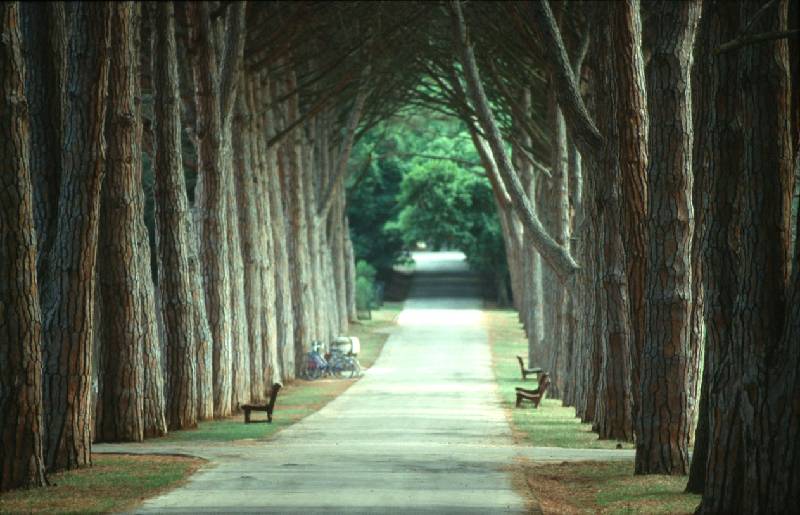
Year after year, the magical terrace of the Ulysses is the meeting place of the people from the acting, media and business world in Croatia and the entire region. Everything on this terrace is unpretentious, somewhat derelict, but with the charm that is due to the unusual mixture of the Austro-Hungarian and socialist chick, and as a direct consequence of the fact that the 20 years of the Kupelwiesers’ and 30 years of Tito’s presence created the two la belle epoque of the archipelago. Everything before and after that, did not come even close in glamour. If you take a bicycle and go for a ride on the island, you will see that there is much more history than at first glance – from the fossilized footprints of a dinosaur on the north coast of Veliki Brion to the remains of the magic Roman villa and the Koch Road.
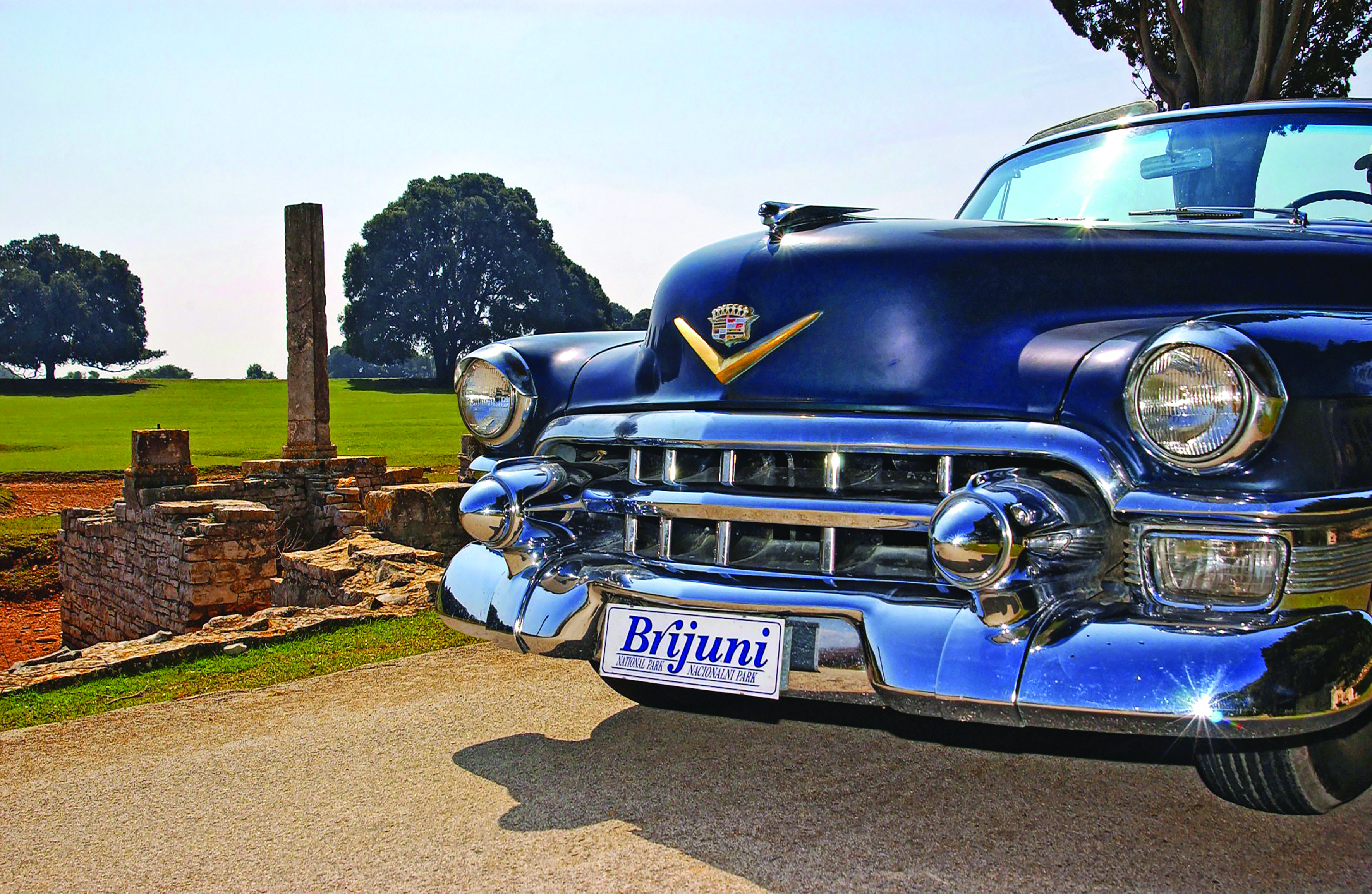
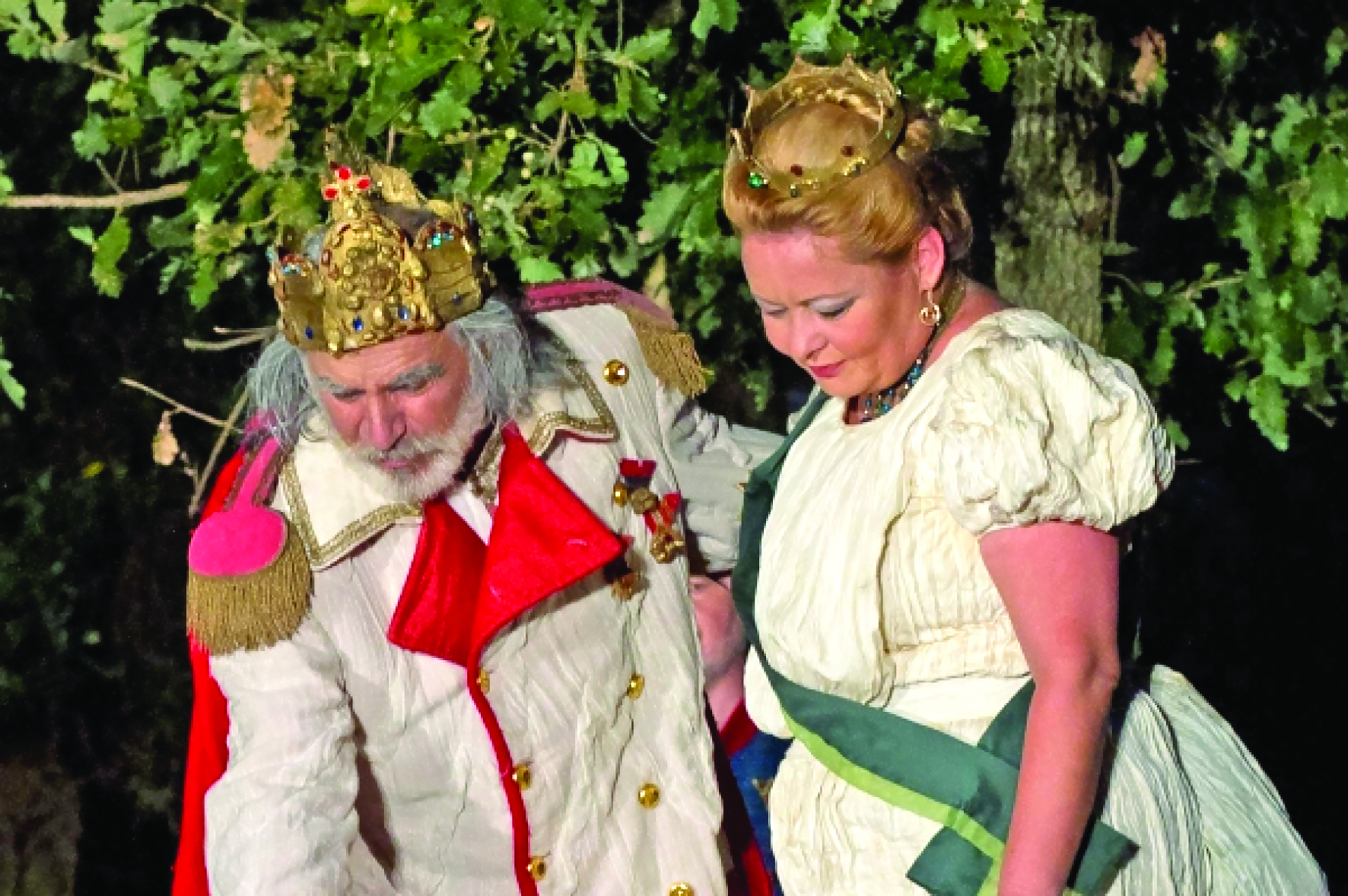
Brioni has no 5-star-hotels and luxury resorts, and no water parks and nightclubs. However, the atmosphere on the terrace of the Karmen Hotel (2*), overlooking the harbour, where I wrote this article, is absolutely priceless.